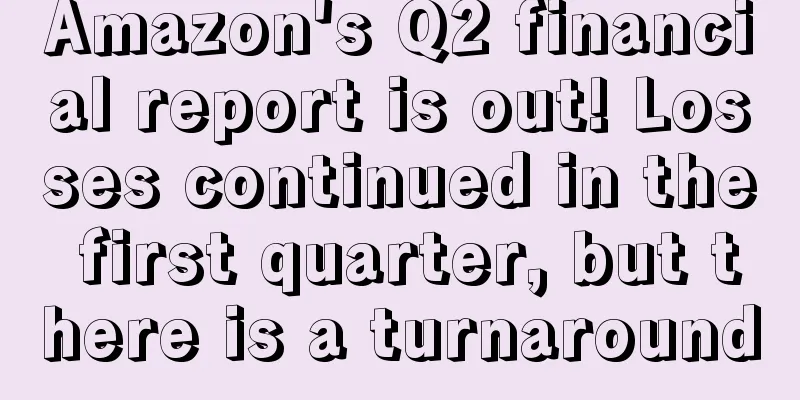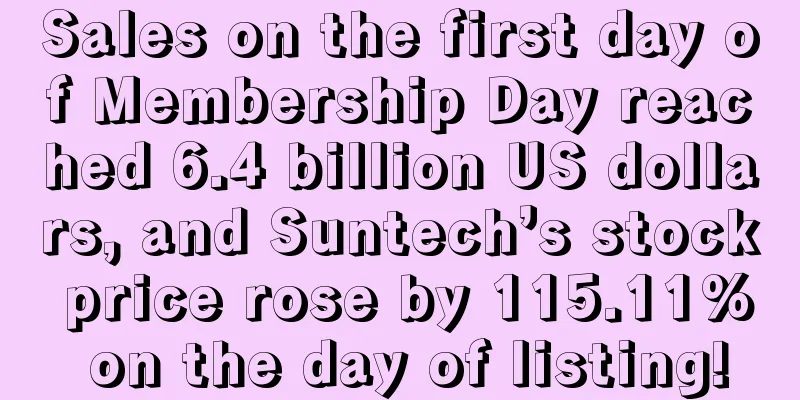Gap analysis between Amazon and Temu

|
In the vast e-commerce space, the divide between giants like Amazon and Temu is a topic that deserves careful scrutiny. These industry giants exert a profound influence on the digital marketplace, but discerning consumers and savvy businesses understand that not all platforms are the same. Let’s delve into the subtle differences that define Amazon and Temu on key dimensions. User Experience: User Differences Between the Two Amazon's Diverse Experience Amazon is a role model for user-centric design. Its user interface is simple and clear, ensuring that even people with low technical literacy can easily traverse the platform. From intuitive navigation to personalized recommendations, Amazon creates an immersive experience that transforms every visit into a journey of discovery. The Art of Temu's Price Instead, Temu aspires to attract users through a unique blend of visual appeal and intuitive interactions. The platform thrives on an artistic interface, weaving a narrative that draws users into a visually compelling product price. While Amazon emphasizes efficiency, Temu claims to create an emotional connection with users through a visually stimulating interface. Unit price dynamics: Understanding cost impact Amazon’s Pricing Alchemy Amazon is a master in pricing dynamics. The platform’s algorithmic capabilities ensure that competitive and dynamic pricing structures are delivered to users. With an extensive network of sellers and a commitment to providing value, Amazon has redefined the economics of online shopping by offering a wide selection at different price points. Temu's product price In Temu’s product pricing, pricing becomes a storytelling medium. Temu weaves a narrative that goes beyond the mere impact of cost. Every product on the platform is woven into a story, a narrative that propels it beyond the realm of mere commerce. While unit prices may not always match the accuracy of Amazon’s algorithms, Temu emphasizes the story behind each product, catering to a discerning audience that values narrative over numbers. Consumer behavior: impulse buying Amazon's Data Symphony Amazon conducts a symphony of consumer data analysis. The platform meticulously tracks user behavior, anticipating needs and desires before they are expressed. With its vast data repository, Amazon uses predictive analytics to shape user experience, product recommendations, and marketing strategies. Temu's curation Temu, on the other hand, conducts an entirely different symphony—a curatorial masterpiece. The platform doesn’t just analyze data; it curates experiences. Temu takes a human approach to understanding consumer preferences, weaving a collection of products that resonate with its audience’s eclectic tastes. In Temu’s world, every product is hand-picked and every recommendation a carefully selected gem. Policy: Planning the governance path Amazon’s Policy Management Amazon’s governance is akin to a sturdy fortress. The platform’s policies are strict and firm, creating a sense of security for buyers and sellers. From a strong return policy to airtight seller guidelines, Amazon has built a fortress of governance that instills confidence in its massive user base. Temu’s Policy Ecosystem In contrast, Temu takes a more fluid approach to governance. The platform fosters an ecosystem where policies evolve in lockstep with community needs. Flexibility is a hallmark of Temu’s governance model, allowing it to adapt to the changing dynamics of the digital environment. in conclusion In the cosmic ballet of e-commerce, Amazon and Temu emerge as celestial bodies, each entity with its own unique gravitational pull. Amazon dazzles with its algorithmic precision and data-driven mastery, while Temu captivates with its artistic flair and curated experiences. The difference lies not in their intrinsic value but in the diverse paradigms they champion. As users traverse digital environments, they encounter not just platforms but different worlds, each with its own charm and spirit. Amazon and Temu are two giants in the e-commerce space that beckon users on a journey that goes beyond a mere transaction. The choice between them is not just about where to shop; it’s about the journey users wish to take in the infinite realm of digital commerce. |
<<: How many orders are needed for a keyword to appear on the homepage?
>>: Where is the gap between Amazon operations?
Recommend
Amazon Advertising Practice Sheet
This issue's useful information Amazon Adverti...
What is FeedbackExpress? FeedbackExpress Review
FeedbackExpress is a cloud- based software solutio...
Walmart targets infant and toddler market! Collaboration with Tot Squad!
<span data-shimo-docs="[[20,"获悉,据外媒报道,近日沃尔...
What is SellerCenter: Free Seller Analytics Tool? SellerCenter: Free Seller Analytics Tool Review
Amazon, AliExpress, Shopify and Wish four major pl...
How to Create the Best Amazon Product Titles (One-Minute Analysis)
How to write product titles accurately is not just...
Another Chinese-American lawyer has gone bankrupt. He once represented a well-known intellectual property company in Shanghai!
American trademarks and patents have been exposed ...
What is ShipWorks? ShipWorks Review
ShipWorks can track and process store orders and i...
Amazon sales have been falling for a long time! Only 1.9 million active sellers left?
It is getting more and more difficult to do busine...
Latest news! Payment giant PayPal denies acquisition of Pinterest!
<span data-shimo-docs="[[20,"PayPal表示无意收购P...
The second-hand economy in the United States is heating up! This category is becoming the next hot spot!
<span data-docs-delta="[[20,"获悉,来自Mercari的...
Important sharing! Amazon boss's study notes on display advertising
text Display advertising considerations (1) Selec...
In 2023, many US retail giants will go bankrupt. Who can fill the market gap?
It is learned that since 2023, many US retail gian...
Why are independent websites always failing? Here comes the core logic behind the 6 billion sales
In the early years, most people who engaged in cro...
Are sellers paying for US inflation? Amazon FBA fees have increased three times in one year!
It is learned that Amazon officially announced tod...









